




At Jacobs, we're challenging today to reinvent tomorrow by solving the world's most critical problems for thriving cities, resilient environments, mission-critical outcomes, operational advancement, scientific discovery and cutting-edge manufacturing, turning abstract ideas into realities that transform the world for good. With approximately $16 billion in annual revenue and a talent force of more than 60,000, Jacobs provides a full spectrum of professional services including consulting, technical, scientific and project delivery for the government and private sector.



As a purpose-led company, we know we have a pivotal role to play in addressing the climate emergency. We consider this not only good business, but our duty to channel our technology-enabled expertise and capabilities toward benefitting people and the planet.

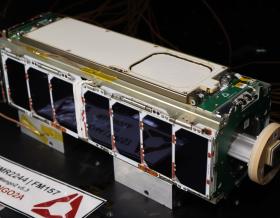

For more than 70 years, our teams have provided integrated solutions to help solve the most complex and hazardous challenges of space exploration. We invent by imagining what’s possible.
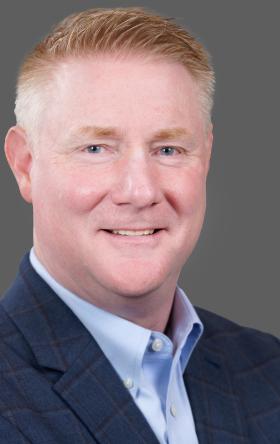


Sit down with our visionary team of thinkers, dreamers and doers to see what a day in the life is like.



For more than 30 years, Jacobs has been responsible for planning and implementing Lead and Copper Rule-related strategies which protect millions of people in the U.S. and Canada. Our work includes enhanced water quality monitoring strategies, sampling plan development, harvested pipe-scale analysis, lead service line inventories and replacement plans, corrosion control studies and the incorporation of equity and environmental justice considerations into compliance programs.



Jacobs. A world where you can.
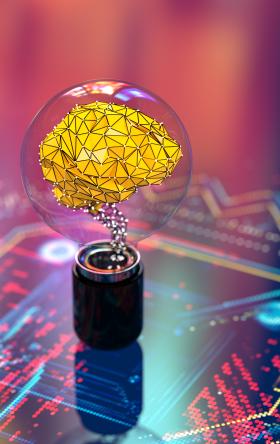
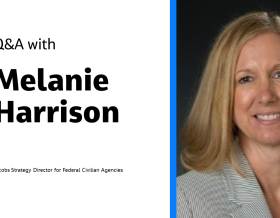
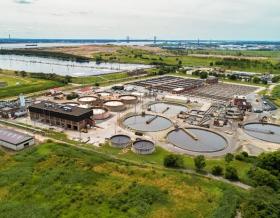
As our clients navigate the digital transformation and growing cyber risks, we have positioned ourselves at the forefront of this growth, adding digital capabilities, products and tools to serve a growing set of customers.



Jacobs is working to help clients across the United States secure federal funding for projects that make our cities and communities more connected and sustainable. Working hand-in-hand with clients from coast to coast and everywhere in between, Jacobs develops bold, innovative solutions to address the nation’s toughest challenges.

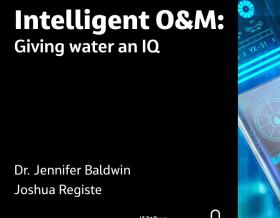
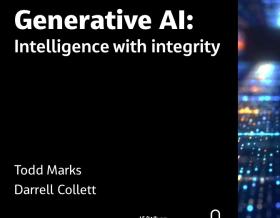
A curated selection of some of the top-listened to and trending podcast episodes from our popular If/When podcast series, which has over 4M downloads to date.



Now more than ever, we appreciate the hard work, sacrifice and dedication of the medical profession in ensuring the health and safety of our communities.



Together, we are stronger. Together, we can transform the future.



Together with our visionary partner, PA Consulting, we're establishing our position in high end advisory services, creating a springboard to expand in high value offerings beyond the core.



We work in partnership, delivering some of the most challenging, diverse and innovative projects and programs globally across multiple sectors. We integrate complex interfaces across planning, procurement and delivery to help unlock better social, environmental and economic outcomes from mega and giga projects.



We’ve provided design-build services to the water sector for over 25 years and delivered more than 150 projects. We offer fully integrated design-build and design-build-operate capabilities to tackle the most complex water challenges and work in close collaboration with our clients.



As climate change threatens water security around the world, more communities are turning to water reuse as a resilient water supply solution and embracing the OneWater principle that all water has value. Jacobs has been supporting clients with water reuse programs for decades, beginning with the first applications of advanced wastewater treatment technologies in the 1960s. We provide our clients with a full range of services, from water reuse feasibility studies to design, construction and operations.



Jacobs’ deep experience with advanced technology systems and our wide-ranging program support capabilities make us a premier partner at locations across the world. We deliver the right talent, tools and processes to support and enable our customers’ missions.



The National Air and Space Museum's One World Connected exhibit will tell the story of how flight fostered two momentous changes in everyday life: the ease in making connections across vast distances and a new perspective of Earth as humanity’s home. Below are some stories from Jacobs that also highlight the connections and digital solutions we are making around the world.



Stories that capture our partnerships and innovative impact for a more connected, sustainable world



The only certainty about the future is uncertainty. Resilience is an attribute of a smarter planet, and requires planning and adapting ahead of potential threats. We help our clients survive, recover, adapt and thrive.


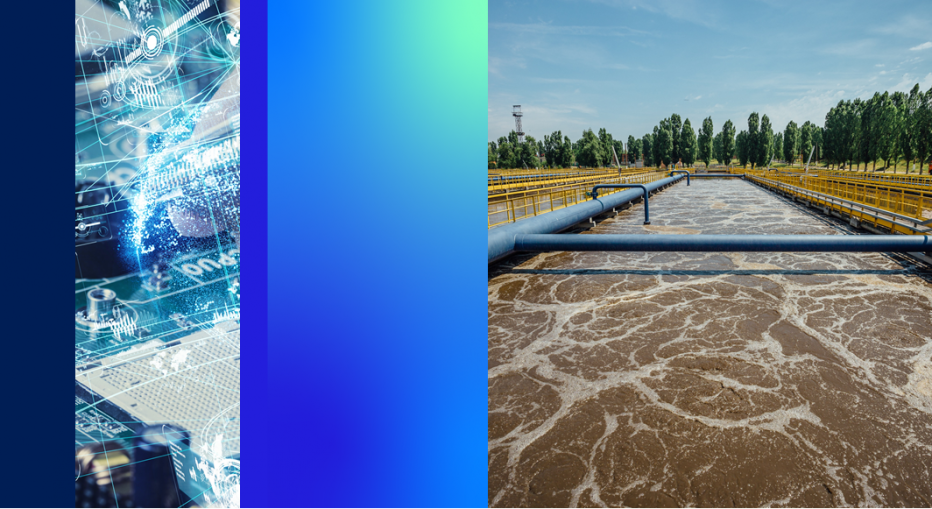
Every minute, more than four billion gigabytes of data is generated around the world, more than 40 times the number of stars you can spot in the night sky, according to Domo.
And with unplanned failures and disruptions, shrinking budgets, and workforce shortfalls – staying competitive in a changing, data-driven world is even more challenging.
Part of the issue organizations face is uncertainty about how processes or systems will perform under future conditions. Without insight into potential new solutions and their performance, the risk to implement can easily outweigh future benefits.
But what if we showed you how Replica™ – Jacobs’ digital twin solutions software – simulates performance over extended time periods and leverages large quantities of data to pinpoint potential pitfalls before implementation and secure more reliable options for tomorrow?
year old blowers simulated to enhance reliability and more cost-effective operation
successful project applications around the globe
“Replica Air is challenging the status quo on how we analyze our aeration system processes by enabling the process to be viewed holistically. With the ability to replicate the system behavior through time, we have a deeper knowledge of the system and better perspective needed to improve system performance.”
Matt Deavenport
Jacobs Digital Twins Technology Subject Matter Expert and Lead Developer
Replica dynamic simulation offers a unique method for modeling a realistic system behavior, integrating hydraulics, instrumentation, controls and process treatment in a customizable platform. Because all system aspects are integrated into one model, Replica models provide more realistic representations of processes than traditional static analysis methods. Replica models can incorporate and react to system conditions that change with time, such as flowrate or water quality, where static analyses require assumptions for average and worst-case values.
One component of the full Replica suite, Replica Air™, even adds functionality to support compressible fluid (i.e. air) performance modeling. Replica Air simulates all aspects of an air supply system including pipes, valves, diffusers and a variety of blower technologies.
This air modeling integrates flow and pressure calculations and can support blower sizing and optimization – a benefit across many industries. And coupled with Replica’s water quality and detailed controls modeling capabilities, this means that wastewater treatment plant (WWTP) blower optimization can be performed to significantly reduce the facility’s energy demand.
See for yourself…
Looking to increase reliability of its WWTP aeration system, one of our clients turned to the power of Replica to test and analyze ‘what if’ scenarios before a potential system upgrade.
Their existing blower facility features five blowers which supply air to aeration basins to power the WWTP’s two treatment process trains, filter backwash and post aeration. These blowers are more than 30 years old, have exceeded their normal life expectancy and are expensive to operate and maintain.
While four were operational, none were capable of being operated in automated control mode.
Given the critical importance of the aeration system to maintaining treatment and meeting water quality objectives, regaining confidence in the reliability and operation of the aeration system was imperative.
Using Replica Air, we modelled the aeration system for both activated sludge treatment process trains, including a new proposed blower building. We used the digital twin to test blower technologies, provided by a number of manufacturers, against the full range of operating conditions and identified configurations that had gaps in coverage. Then, we programmed automated controls into the model to confirm how the blowers and airflow control valves will behave and be controlled to maximize efficiency, leading to development of preliminary control narratives.
We simulated each configuration in the model using a full-year flow and loading pattern to develop an accurate lifecycle cost comparison for each blower alternative based on capital cost, maintenance cost, power usage and individual blower run time. The life cycle costs of each alternative were weighed with non-financial criteria developed with the client, to provide a final selection of the recommended blower technology and configuration.
Using this data, we also coupled the dynamic wastewater process model to the Replica Air model, allowing for loadings, airflows and air demands to be fully understood. This all-inclusive modeling approach along with the massive quantities of data gave operations staff and our team a complete understanding of the system by combining hydraulics, controls and process in a single interface. This digital twin of the activated sludge treatment process, first utilized by our team for system analysis and design, can continue to support our client as part of operator training exercises and ongoing system analysis.
By 2021, Gartner predicted that half of large industrial companies would use digital twins – driving 10% improvements in effectiveness. Through Jacobs’ Replica digital twin software, we’ve already harnessed the power of these capabilities on more than 200 projects around the globe.
For one confidential industrial client, we helped deliver process improvements to reduce energy consumption by 33%. In the automotive space, our tools helped increase client productivity by 20%, and we’re using the tools on projects around the globe, from recreating historically significant landmarks and using geospatial data to develop city-wide digital twin models to visualizing more resilient water supplies for drought-plagued communities.